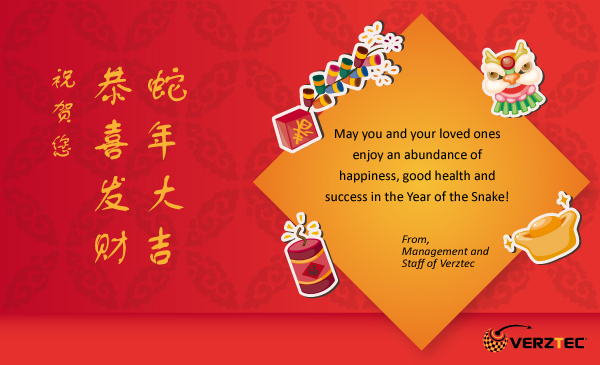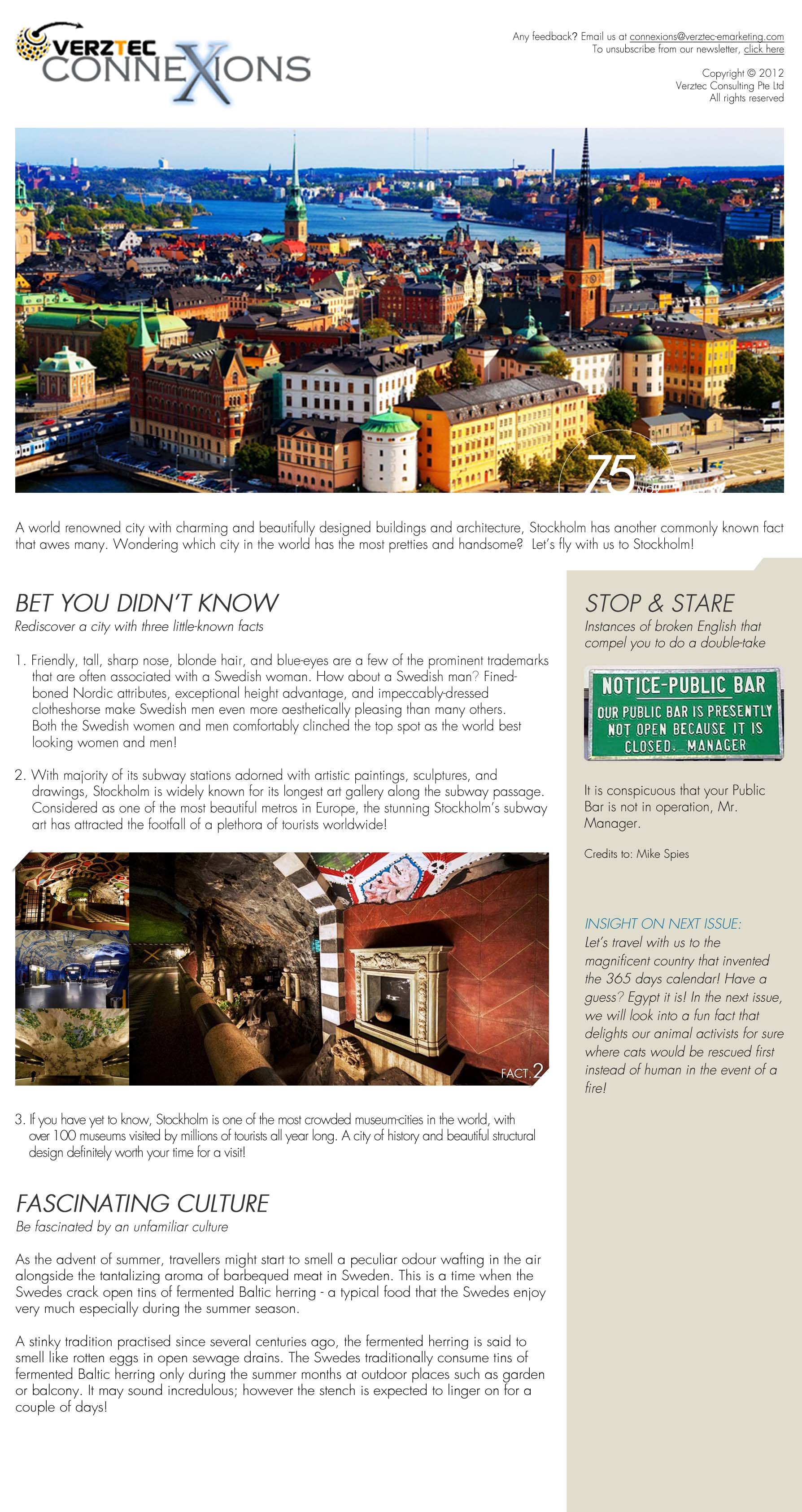“For safety is not a gadget but a state of mind.” – Eleanor Everet, Safety Expert
Facing the facts
Every year, according to the International Labour Organization, an estimated two million people die due to occupational accidents and work-related diseases. There are about 270 million occupational accidents and 160 million work-related diseases reported annually. We can all easily be a part of these statistics if we are not careful enough.
Case in point: Just 2012 alone has seen many fatalities and casualties taking place during the course of work. There were fire breakouts, scaffolding blunders, fatal falls and the most recent being the Jurong Shipyard rig accident which left 89 workers injured.
Safety: Not a given
Safety at the workplace should not be taken for granted. It may be the company’s duty to ensure a secure environment for all, but it is equally important for employees to be vigilant and be on the constant look out for anything that may jeopardize their well-being.
Here are some tips you should keep in mind for a safer working environment:
1. Get some training and learn how to identify hazards, manage risks and do the job safely before
you start.
2. Ask your supervisor to watch and check that you are doing the job the right way.
3. Speak up and let supervisors know if you think a task is too dangerous or difficult for you.
4. Ask questions and check with supervisors and co-workers when you aren’t sure or can’t remember how to do a job safely.
5. Learn what to do and where to get help in an emergency.
6. Always follow the safety rules and
procedures. |
7. Always wear any personal protective equipment provided by your employer.
8. Report all injuries (minor or major), OHS incidents and near misses.
9. Look out for and report hazards.
10. Keep an eye on your co-workers,
especially if they are new to the workplace and don’t know all the OHS
issues.
11. Try to get a good night’s rest before
heading into work. Feeling tired can lead to dangerous mistakes.
12. If you have a safety concern, talk with more experienced workers such as supervisors, co-workers or your family to get some advice. |
Credit: Talking Safety
Integrating good, health practices into your everyday life
You can also advocate workplace safety with the small things: by adopting a healthier lifestyle and routine. Give your eyes a break if you have used the computer for quite while. Take a short walk once every few hours: you don’t have to head out of the building, a brief walk around the office compound will suffice. Make it a point to include more fruits as part of your diet – us Verztec folks have a designated fruit day every month – and exercise regularly.
Many hands make light work
In all, it’s best if everyone makes the effort to look out for themselves as well as for each other.
See a paper shredder unused but not turned off? Flip the switch button. Notice a box lying around a blind spot, along a common walk way? Move it to somewhere safer. Spot a flickering light in the storage? Report it immediately.
Do not leave your safety in the hands of others and do not assume someone else will do the deed for you. You never know when it is your simple act of consideration that can help save a fellow colleague a whole lot of fuss and complications.
After all, it is better to be safe than sorry and prevention is better than cure.
So what are your thoughts on safety at the workplace? Share your list of to-dos when it comes to maintaining the optimum environment for all.









